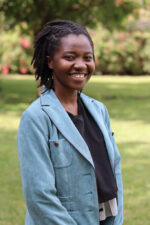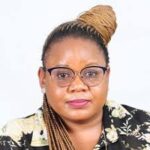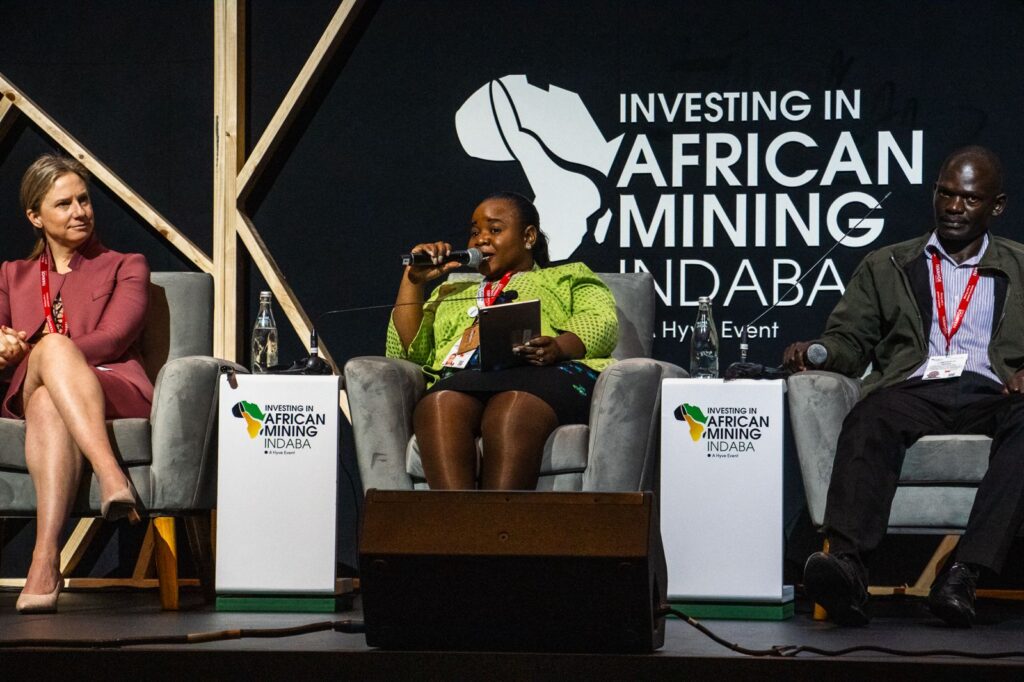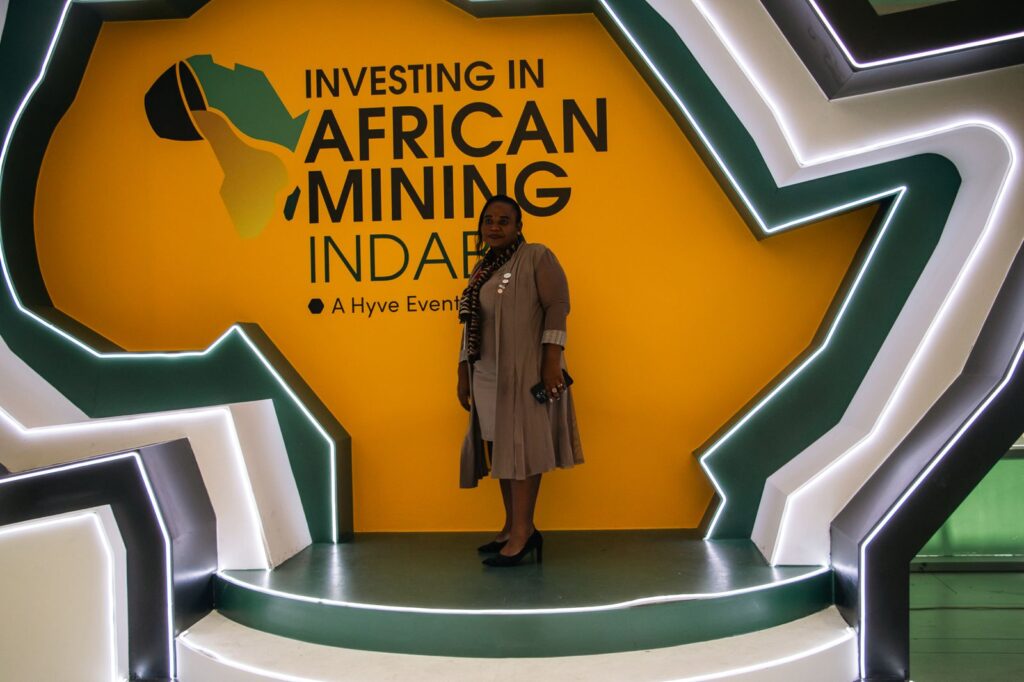
Candice Jumwa

This is a guest blog authored by Faith Mutete, the Founder and CEO Women in Mining, Zimbabwe. Faith is one of the winners of the community voices video competition hosted by The Impact Facility, in partnership with Mining Indaba that invited community members, representatives of indigenous peoples in mining areas, civil society organisations, activists and visionaries to share their perspectives on what is needed to ensure an equitable, inclusive and responsible mining sector that serves as an engine for community development with the goal of transforming minerals wealth into lasting, multi-generational prosperity.
Faith attended Mining Indaba 2025 in Cape Town from 3 – 6 February in Cape Town, South Africa, and this blog summarises their experience at the conference. More information about the competition is available here.
The 2025 Mining Indaba in Cape Town was an eye-opening and transformative experience. Under the theme “Future-proofing African Mining Today,” the event provided a rare opportunity to engage in high-level discussions while ensuring that the voices of Artisanal and Small-Scale Mining (ASM) communities were heard. As the founder of WIM Zimbabwe, I was particularly interested in how ASM is positioned in the global mineral value chain and how we, as small-scale miners, can drive responsible and sustainable mining practices.
For a long time, ASM has been seen as an informal and less structured sector, yet it plays a crucial role in mineral production, livelihoods, and local economies. At the Indaba, it was encouraging to see ASM at the heart of sustainability discussions. One of the key sessions I participated in, “What needs to change to harness the full potential of ASM,” moderated by David Sturmes-Verbeek of The Impact Facility (TIF), underscored the importance of bottom-up approaches to transformation.
Dr. Rachel Perks (World Bank) highlighted a critical challenge—despite substantial funding in the sector, the impact remains minimal. The need for ASM professionalisation and structured interventions became clear. Dr. Titus Sauerwein (EPRM) reinforced this point by stressing that top-down interventions have often failed to bring real change. Through my engagement, I was able to share experiences from Zimbabwe, emphasising how collaborative and community-driven solutions can yield meaningful results.

ASM faces significant barriers in accessing formal markets due to the complexities of due diligence and compliance standards. A session moderated by Benjamin Katz from the OECD, “Transparency from the ground up,” called for simplified and inclusive standards to ensure that ASM is not excluded from global supply chains. The reality is that many small-scale miners operate in a regulatory grey area, leading them to engage in alternative markets as they are labelled to be undertaking “irresponsible mining.” To counter this, we must advocate for transparent and inclusive supply chain systems that recognise ASM’s contribution while upholding responsible mining practices.
The discussion on mine closure and community resilience were another crucial highlight. As we push for more responsible mining, we cannot ignore the communities that depend on these resources. The session “The communities we leave behind: mine closure” emphasised the need for long-term planning beyond the life of a mine. Sonwabo Modimoeng, a panellist, spoke passionately about how abandoned mining sites pose risks to communities, but with the right approach, they can be transformed into sustainable opportunities.
In Zimbabwe, WIM Zimbabwe is already working on tree reclamation projects to restore mining-affected areas. The insights gained from this session reinforced my belief that we need community-driven rehabilitation efforts that go beyond corporate responsibility and involve the miners themselves in shaping post-mining solutions.

One of the standout aspects of Mining Indaba 2025 was its commitment to inclusivity. The Community Voices Dinner, attended by organisations such as Fair Cobalt Alliance, World Gold Council, European Partnership for Responsible Minerals (EPRM), and The Impact Facility (TIF), provided a space to share insights and explore potential partnerships. It was encouraging to see ASM recognised as a key stakeholder, not just as a beneficiary of top-down initiatives.
Key takeaways for the Future of ASM
The 2025 Mining Indaba was a powerful reminder that ASM is not just about survival; it is about transformation. At WIM Zimbabwe, we are committed to driving change by
empowering women miners, advocating for safer working conditions, and ensuring that mining communities thrive beyond mineral extraction. The conversations and collaborations from this event will undoubtedly shape the next steps in our journey.
As I look forward to participating again next year, I remain committed to breaking barriers, shifting narratives, and positioning ASM as a driver of responsible mining in Africa. Many thanks to The Impact Facility and the organisers of Mining Indaba for coming up with this initiative.